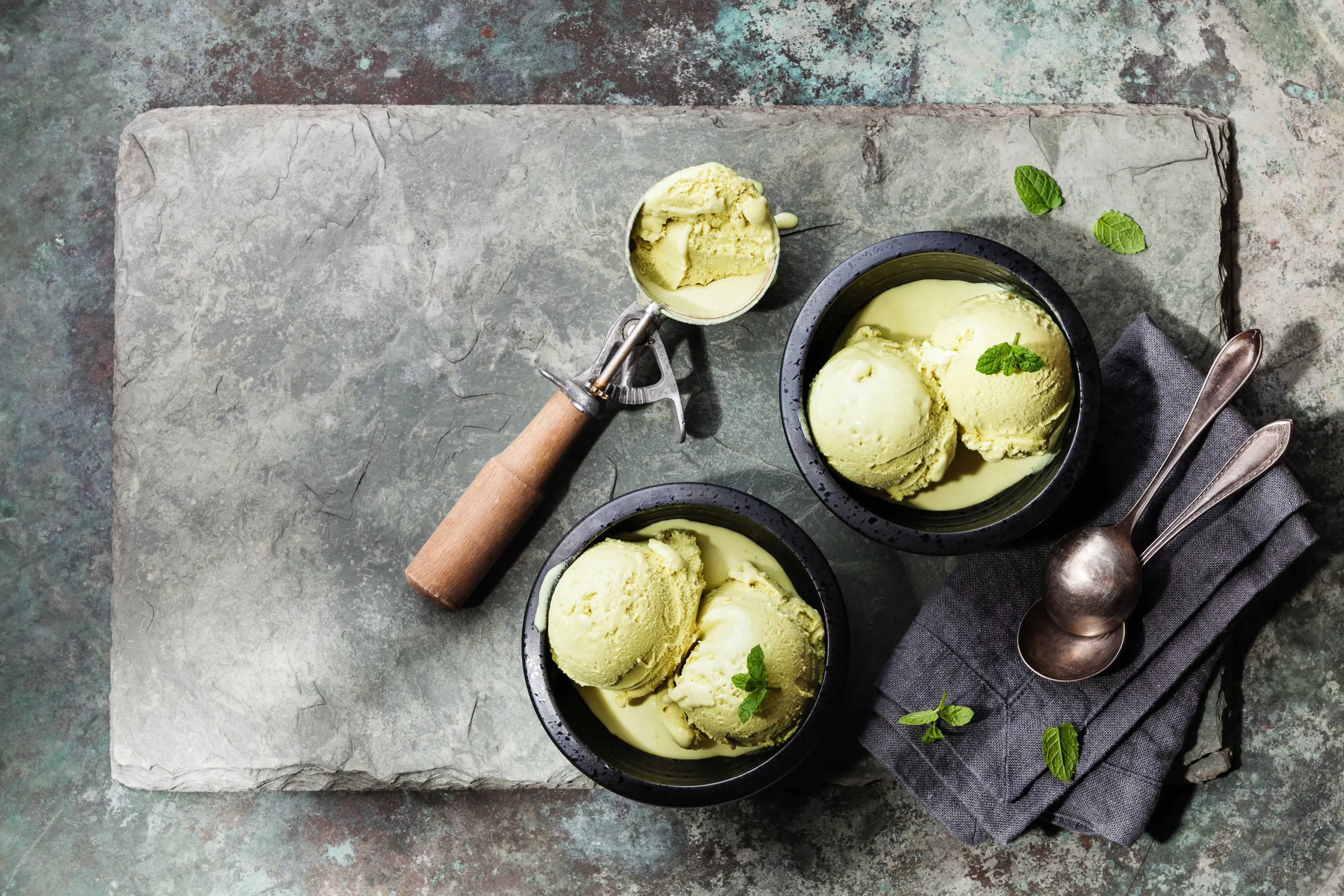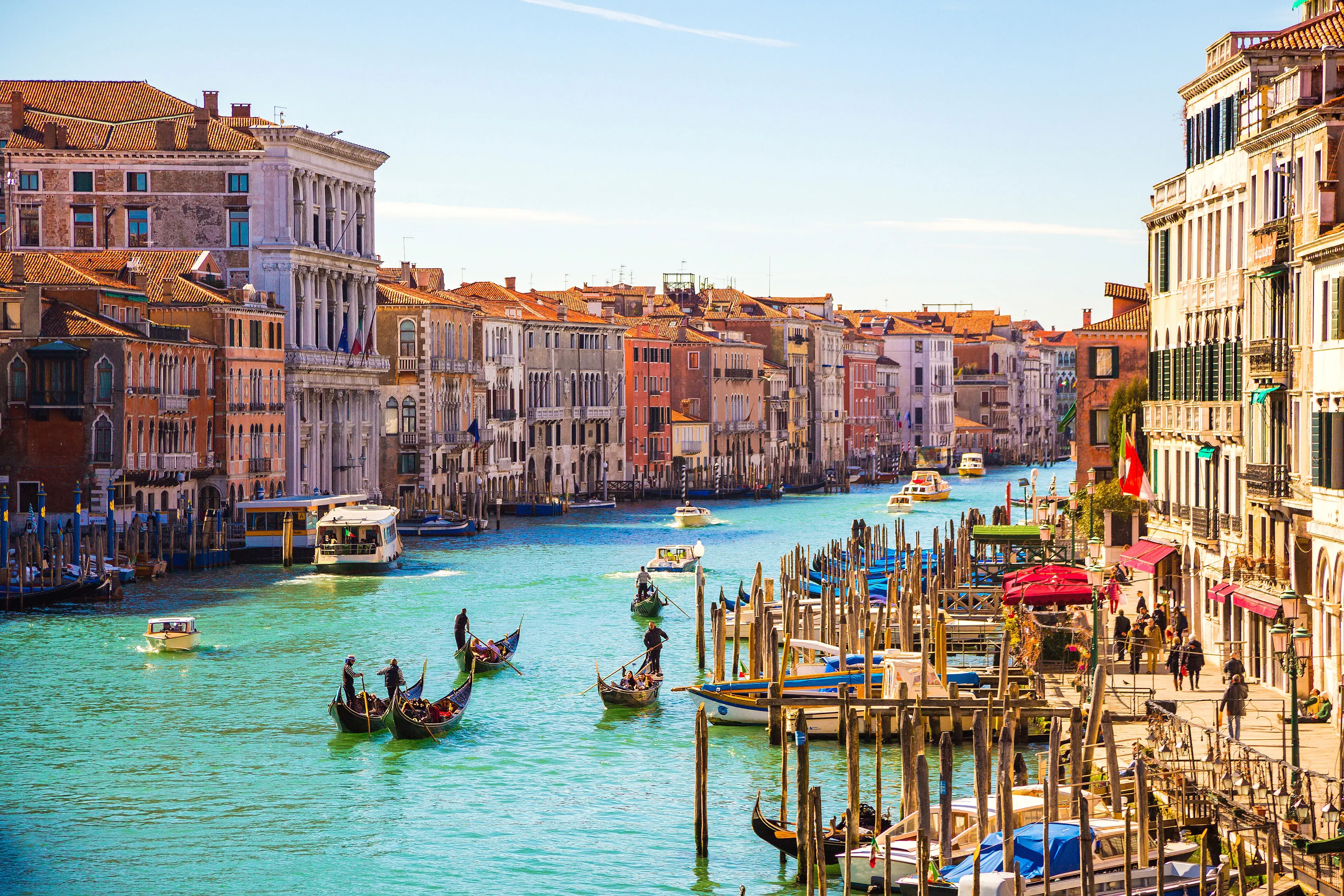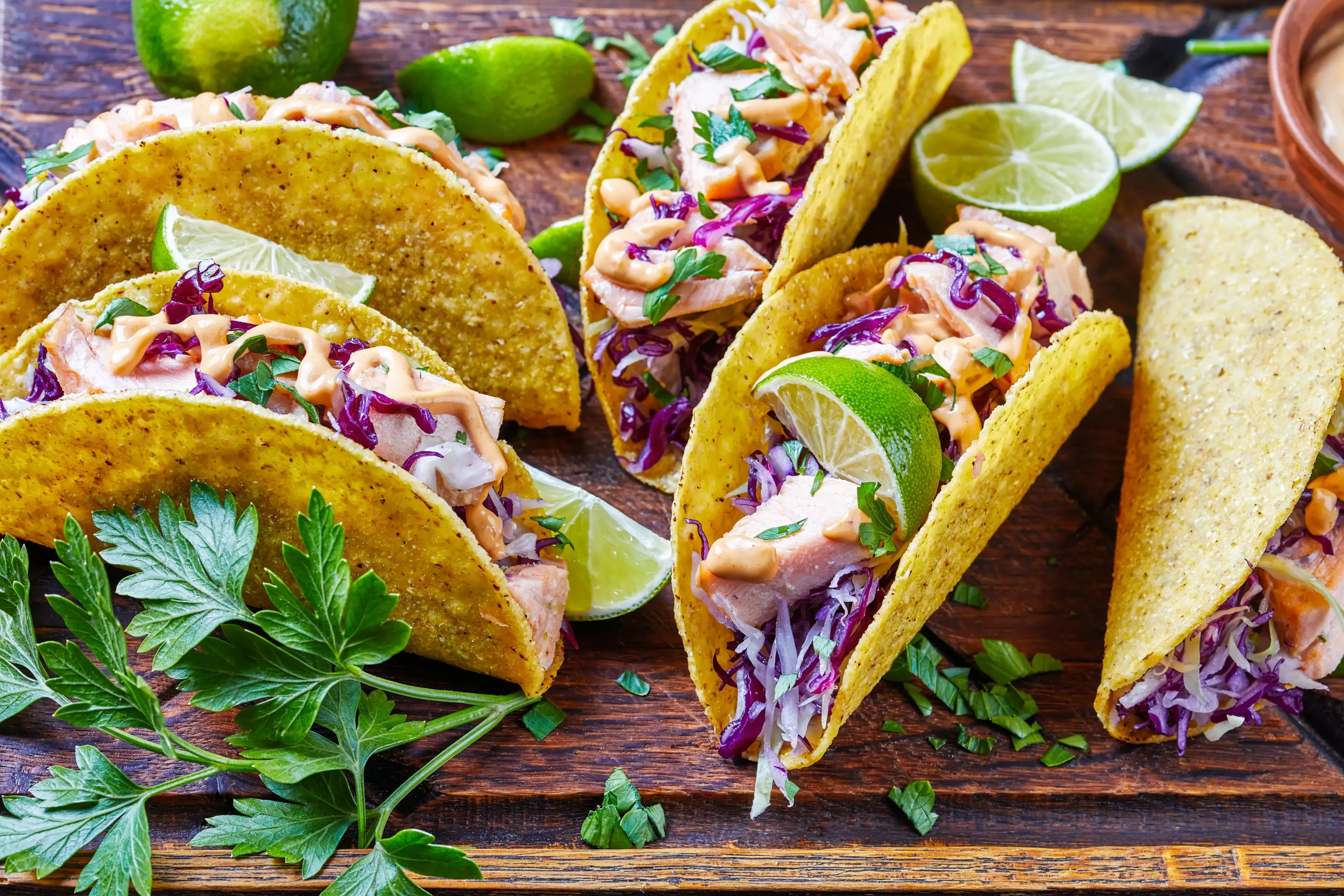
An In-Depth Look at the Global Love for Ice Cream
Updated August 2, 2023Introduction
Ice cream, a beloved sweet treat that transcends cultures and continents, is hailed for its universal appeal and enjoyed by people of all ages. From a scoop of classic vanilla on a sugary cone to luxurious gelatos of Europe, this delicious dessert has seamlessly fit into the global culinary scene. This comprehensive guide delves into the fascinating history, wide-ranging flavors, and statistical popularity of ice cream worldwide.
The Global Phenomenon of Ice Cream
Universal Appeal of Ice Cream
Ice cream's popularity stems from its versatility, adaptability, and the sheer pleasure it brings to the taste buds. Whether you're enjoying it as a summer treat or a dessert after a hearty meal, the craving for ice cream is almost primal. According to Laura B. Weiss, author of "Ice Cream: A Global History," "Ice cream brings a certain sense of nostalgia along with it - a reminder of simpler times."
Historical Origins and Spread
Ice cream's roots date back to China's Tang Dynasty (618-907 AD) where they enjoyed a dish called "frozen milk" - ice mixed with dairy products, a kind of prototype to our modern ice cream. With time and through the Silk Road, this dessert's popularity reached other parts of the globe, evolving in form and flavor as it mingled with different cultures.
International Varieties of Ice Cream
Europe's Gelato and Sorbet
Gelato in Italy is as much a tradition as it is a culinary masterpiece. Unlike its American counterpart, gelato has less air and more milk than cream, giving it a dense, smooth texture and a less fat.
In France, sorbet is a favored treat, typically fruit-based and devoid of dairy, offering a refreshingly tart alternative to traditional ice cream.
America’s Classic Cones and Sundaes
Americans have a special fondness for their classic vanilla, strawberry, and chocolate ice creams, often enjoyed in a cone or piled high in a sundae glass with a variety of toppings, from hot fudge to a cherry on top.
Asia’s Unique Flavors and Textures
Asia brings unique spins and flavors to ice cream. Japan's Mochi ice cream, the sweet, chewy rice cake filled with ice cream, or Philippine's Halo-Halo, a mixture of shaved ice, evaporated milk, and various fruits, are just a few examples of this region's innovation.
Africa's Frozen Treats
In parts of Africa, ice cream often takes the form of frozen juice from locally available fruits. In Egypt, a popular treat is 'Booza' - stretchy, taffy-like ice cream that resists melting in the intense heat.
Oceania's Ice Cream Culture
Australia's affinity for ice cream is evident in 'Golden Gaytime,' a toffee and vanilla ice cream bar coated in chocolate and biscuit pieces. Not to forget New Zealand's Hokey Pokey, creamy vanilla ice cream mixed with crunchy honeycomb toffee.
Statistical Analysis of Global Ice Cream Consumption
Top Ice Cream Consuming Countries
According to a report by Grand View Research, the U.S.A, New Zealand, and Australia rank among the top nations in ice cream consumption.
Popular Flavors Around the World
Vanilla reigns supreme as the most popular flavor worldwide as per data from International Dairy Foods Association, followed closely by chocolate and strawberry. However, regional preferences vary vastly, with green tea being a hit in Japan and mango flavor ruling the Indian market.
The Science of Ice Cream
Understanding the Basic Components
Ice cream is more than just a cold, sweet dessert; it's a delicate balance of ingredients and science. The fundamental components of ice cream are milk, cream, sugar, flavorings, and often eggs. These constituents are whipped together and frozen to create this well-loved dessert. The air that is incorporated during the churning process also plays a significant role, making the mixture light and palatable.
The Role of Sugar, Fat, and Temperature
Each component in ice cream serves a unique purpose. While sugar provides sweetness, it also lowers the freezing point, preventing the ice cream from becoming a solid block. Fat from the cream lends richness and smoothness. The churning process and temperature control are equally crucial, as they influence the size of ice crystals forming, affecting the final texture of the ice cream.
Ice Cream as a Social Phenomenon
Ice Cream in Media and Popular Culture
Ice cream has made countless appearances in media and popular culture, from films, TV series, books, and songs, reflecting our society's love affair with this dessert. One famous example is the Italian film Roman Holiday, where Audrey Hepburn enjoys a gelato on the Spanish Steps.
Ice Cream Socials and Festivals
As a social centerpiece, ice cream gatherings, or "ice cream socials," have been important community events from as early as the 18th century in America. Simultaneously, ice cream festivals globally celebrate this frozen treat with unique flavors, contests, and family-friendly activities.
The Ice Cream Industry
Leading Global Brands and Manufacturers
Major brands such as Unilever, Nestlé, and General Mills dominate the global ice cream market. Renowned brand names like Ben & Jerry's, Magnum, and Häagen-Dazs under these corporations have a significant global presence.
Successful Ice Cream Shops Around the World
Artisanal ice cream shops like Salt & Straw (Portland, USA), Cow and the Moon (Sydney, Australia), and Gelateria La Carraia (Florence, Italy) are some examples of successful establishments delighting patrons with their unique and gourmet offerings.
Innovation and the Future of Ice Cream
The Rise of Gourmet Ice Cream and Artisanal Creations
Gourmet and artisanal ice creams, boasting high-quality, natural ingredients, and exotic flavors, are trending globally. Shops are now offering whiskey caramel, lavender honey, or goat cheese cherry ice creams, pushing traditional boundaries of flavors.
Vegan and Dairy-free Alternatives
In response to growing health consciousness and varied dietary preferences, there has been a significant surge in vegan and dairy-free ice creams. These typically use almond milk, coconut milk, or soy milk as a base, opening up options for lactose-intolerant and vegan consumers.
New Ice Cream Technologies and Trends
The ice cream industry is continually innovating with new technologies and trends. From liquid nitrogen-frozen ice cream to 3D-printed designs, the traditional ice cream experience is being dramatically redefined.

Top 12 Food Trucks Across the Country

300 Cookies in a Closet-Sized Kitchen

Wine Tasting at Fierro Hotel in Buenos Aires

5 Restaurants You Can’t Miss in Charleston, SC

Cheap Restaurants in Venice

5 Restaurants You Can’t Miss in North Carolina

Where to Eat Non-Chinese Food in Hong Kong

Warning: Do Not Lick the Screen

Not Eating Abroad: Global Fasting Traditions


